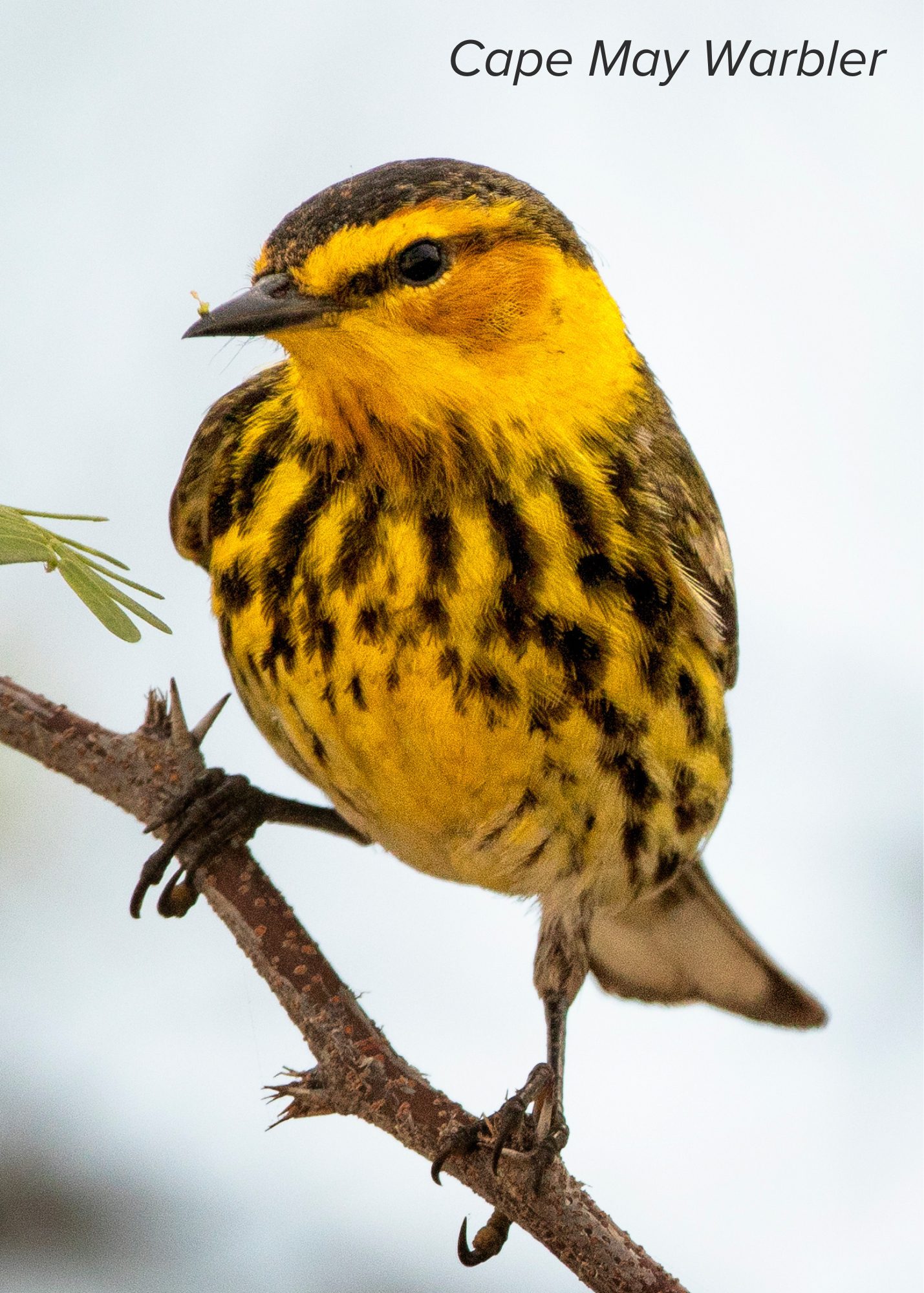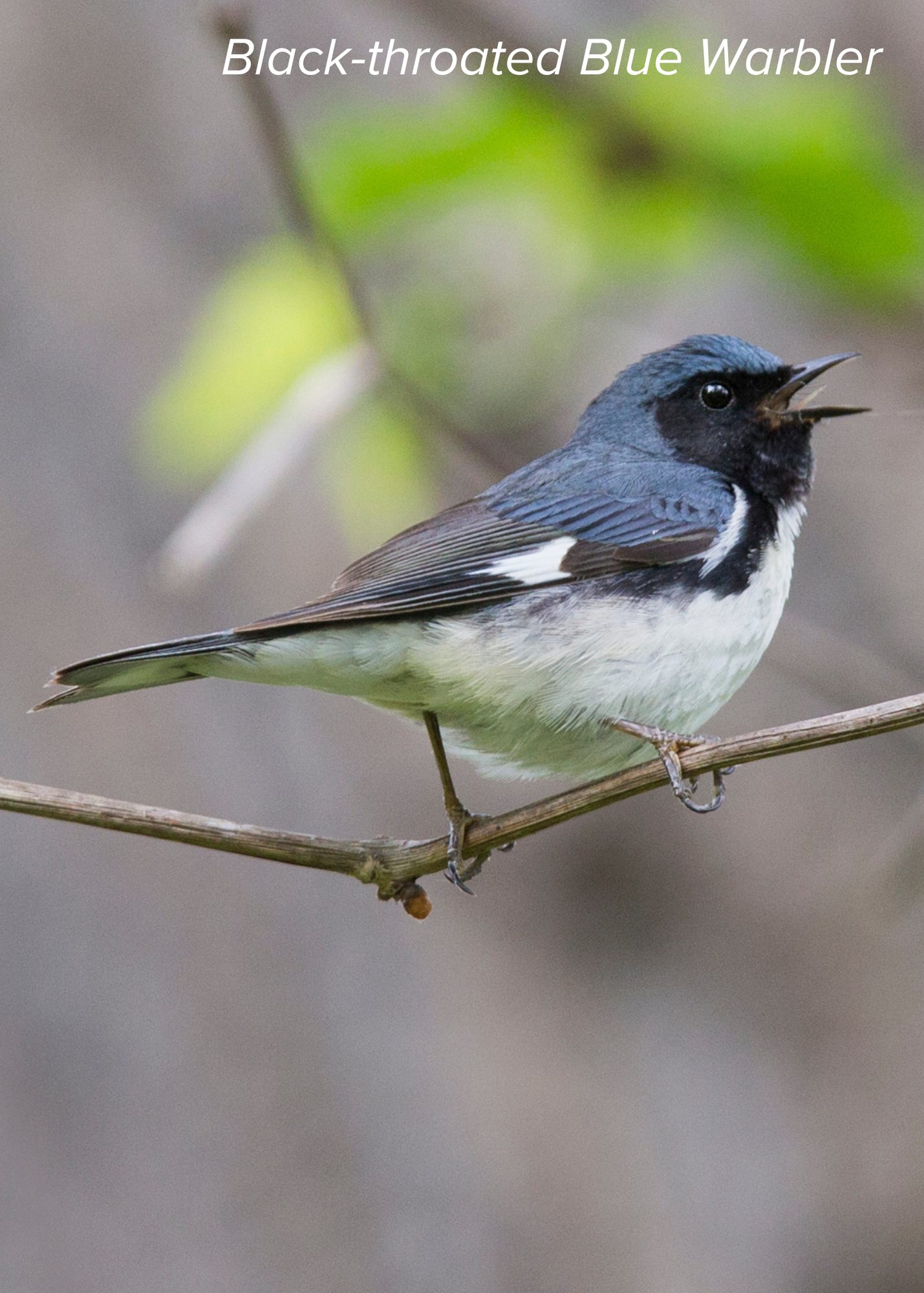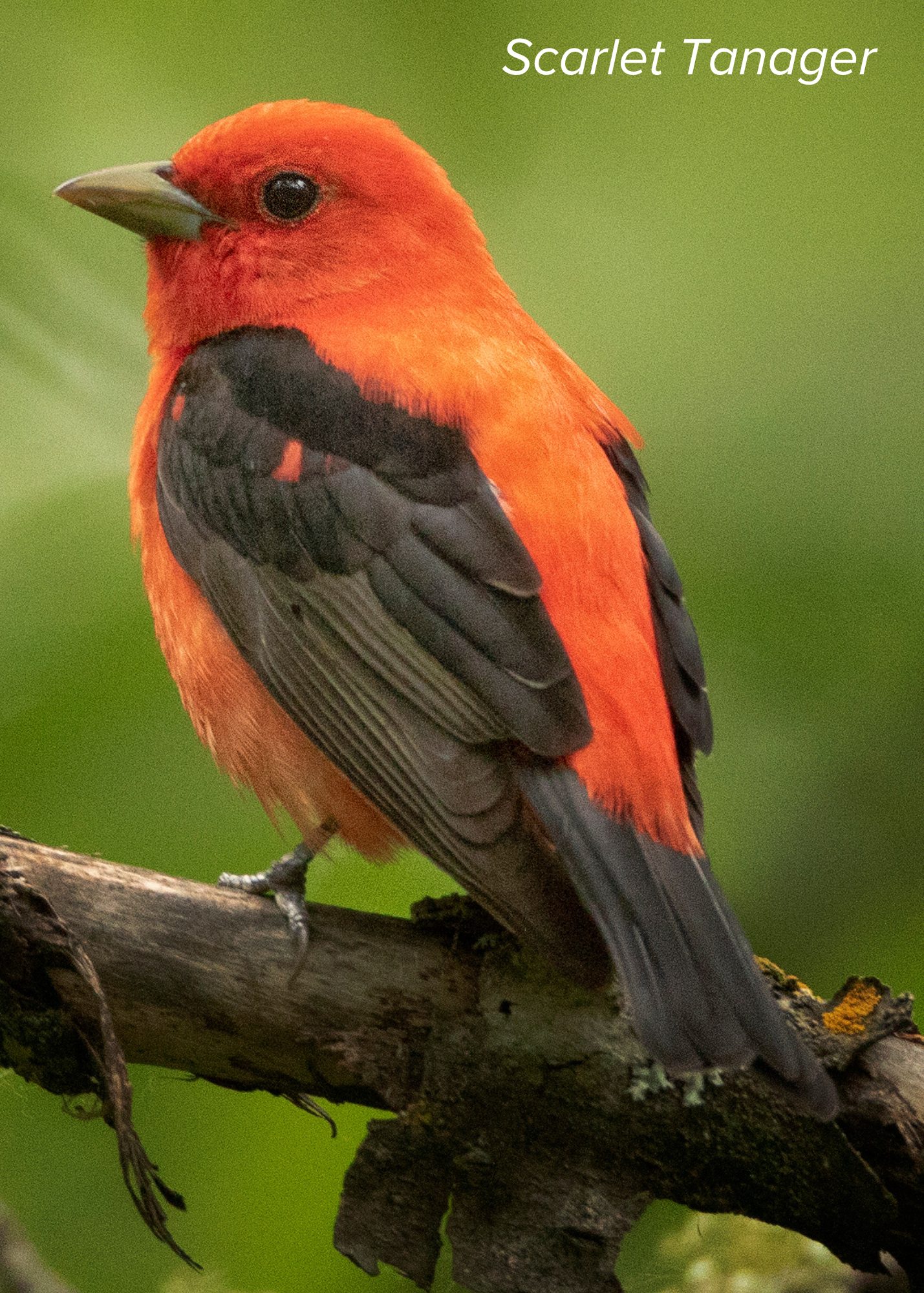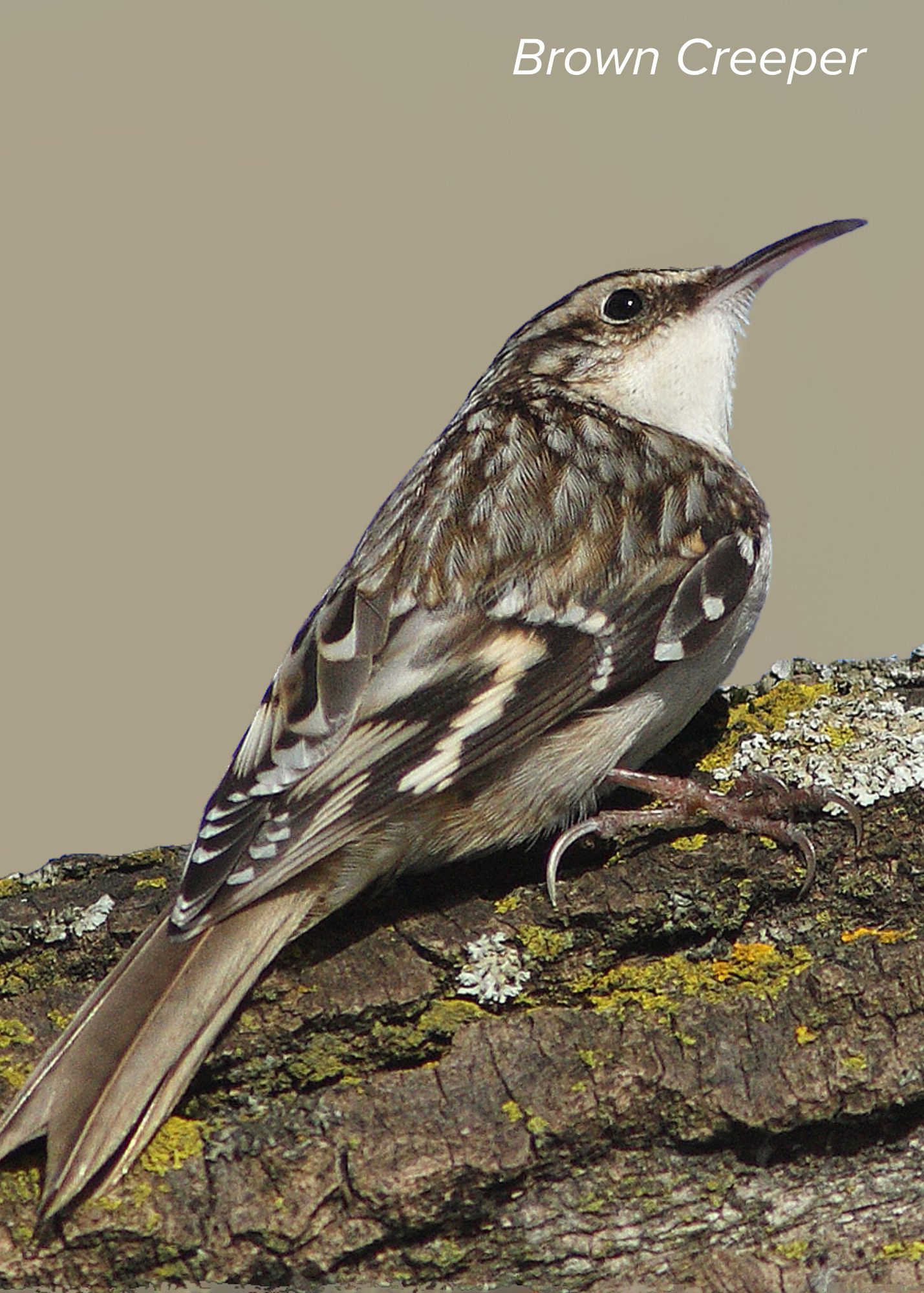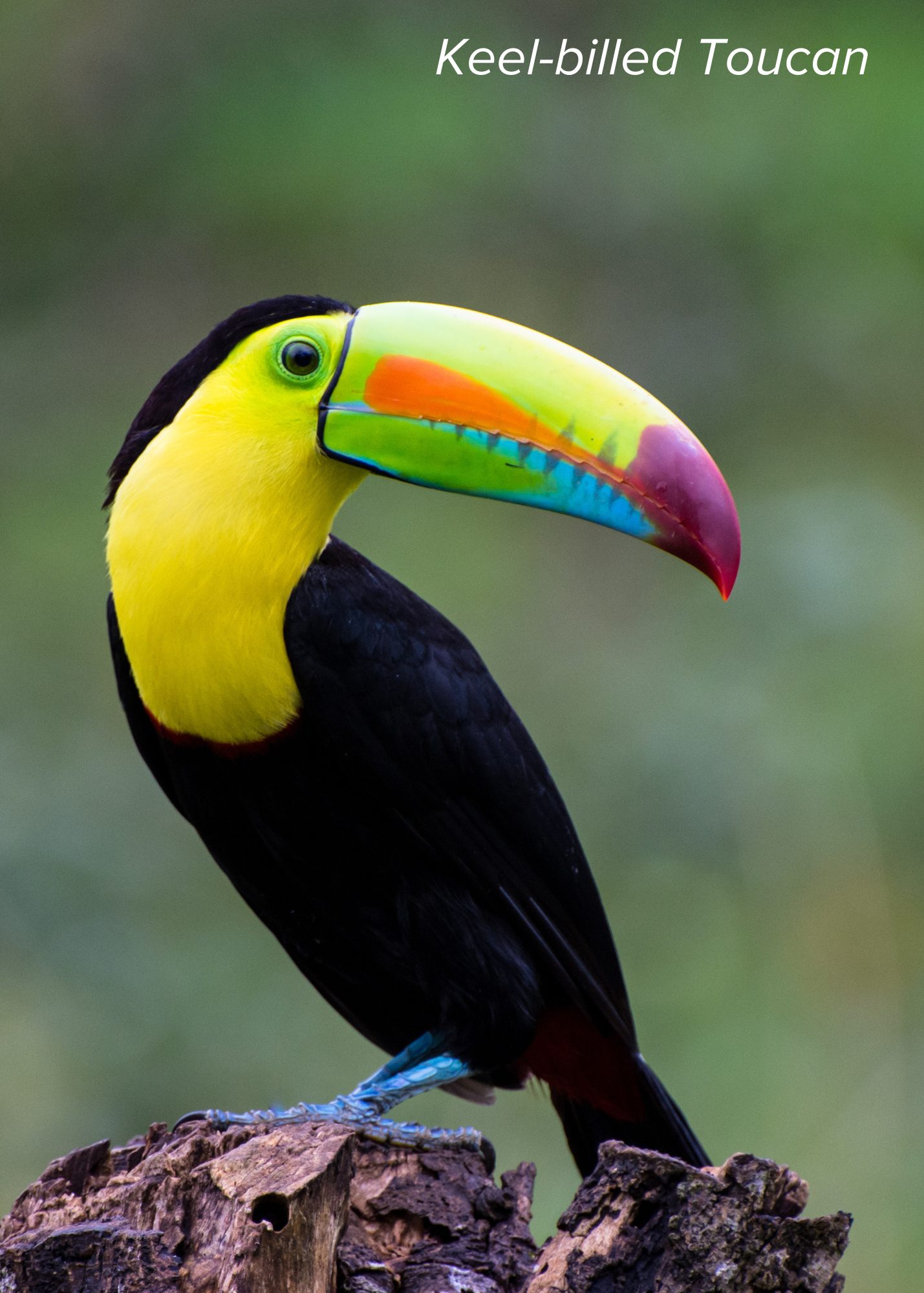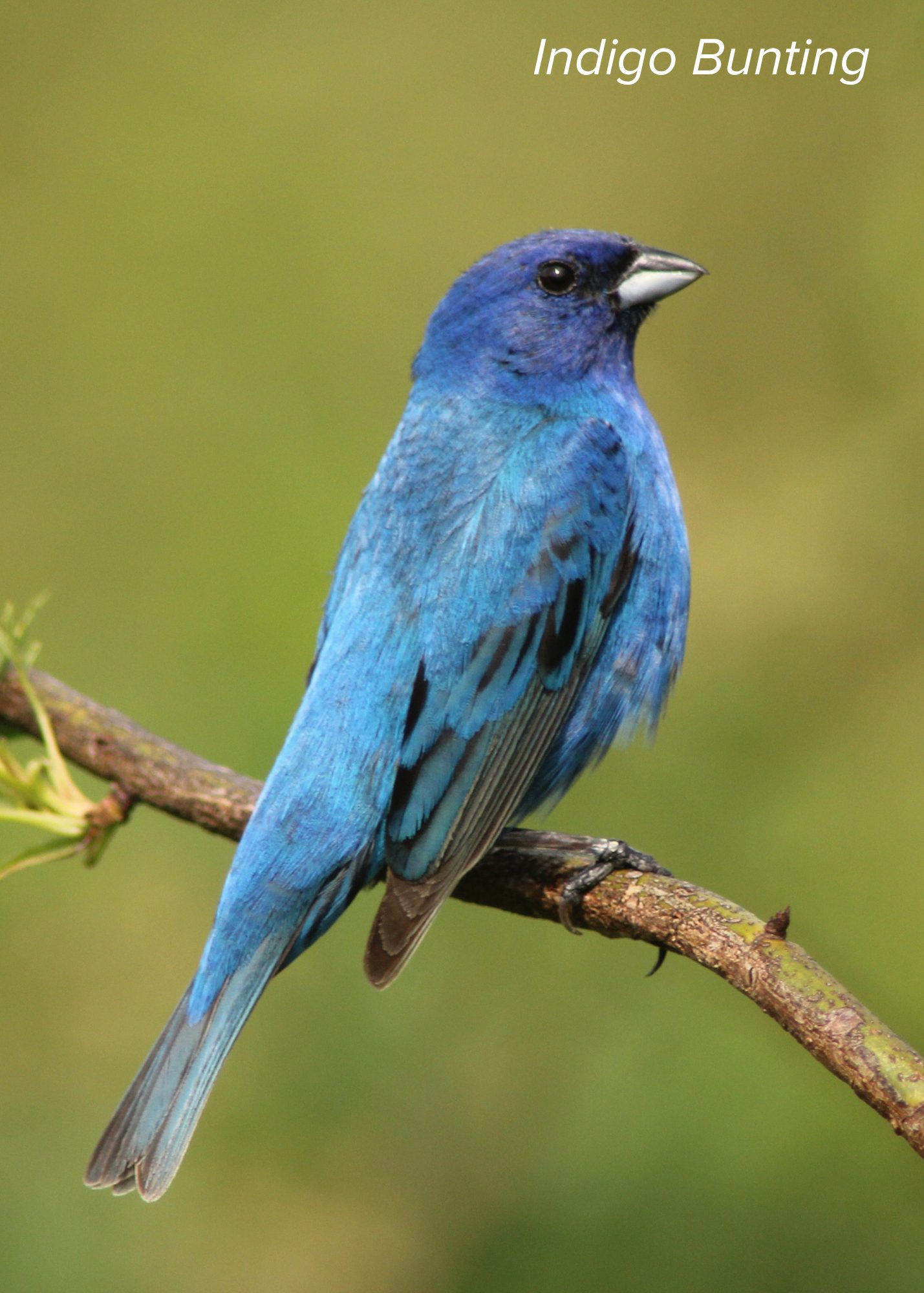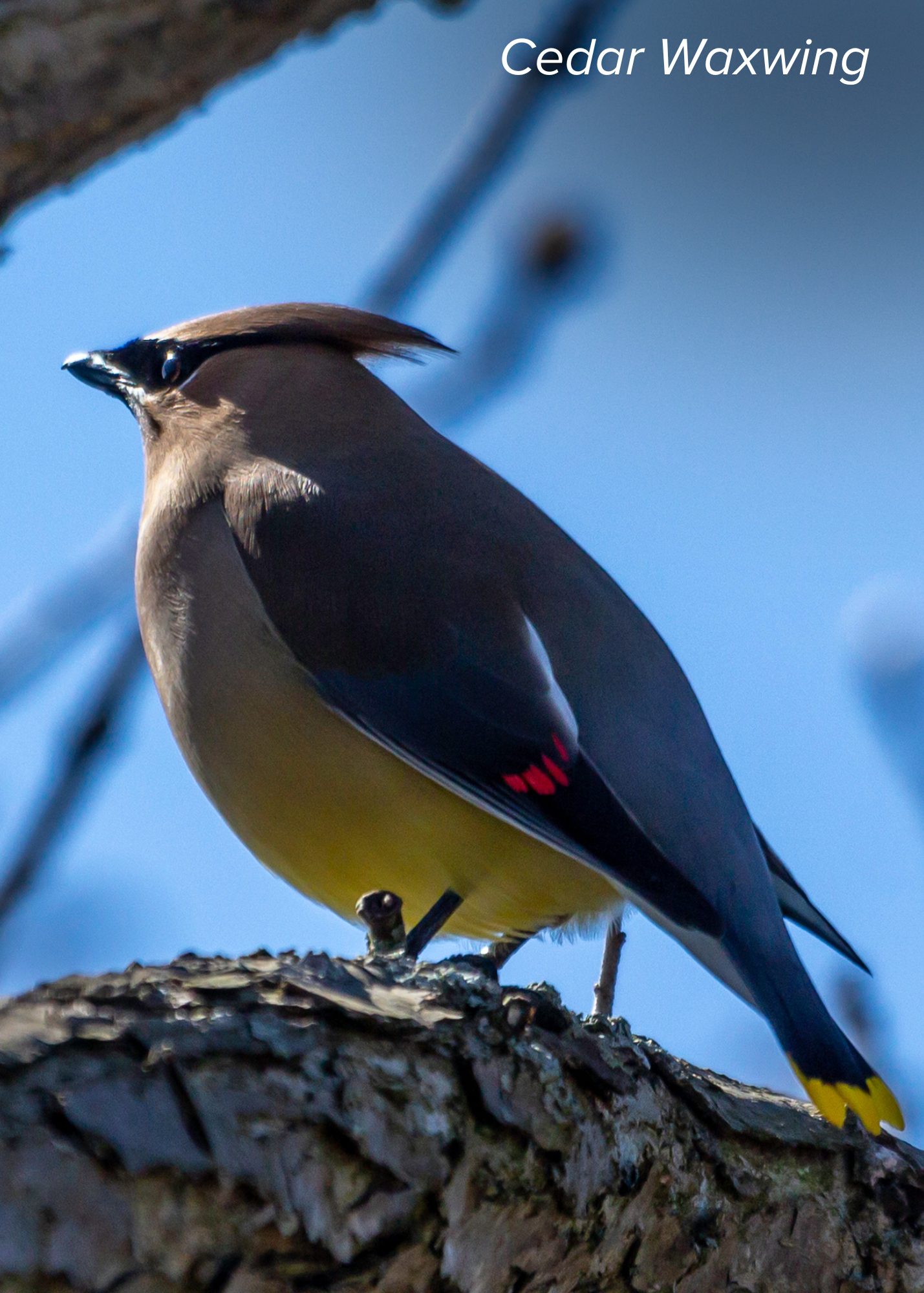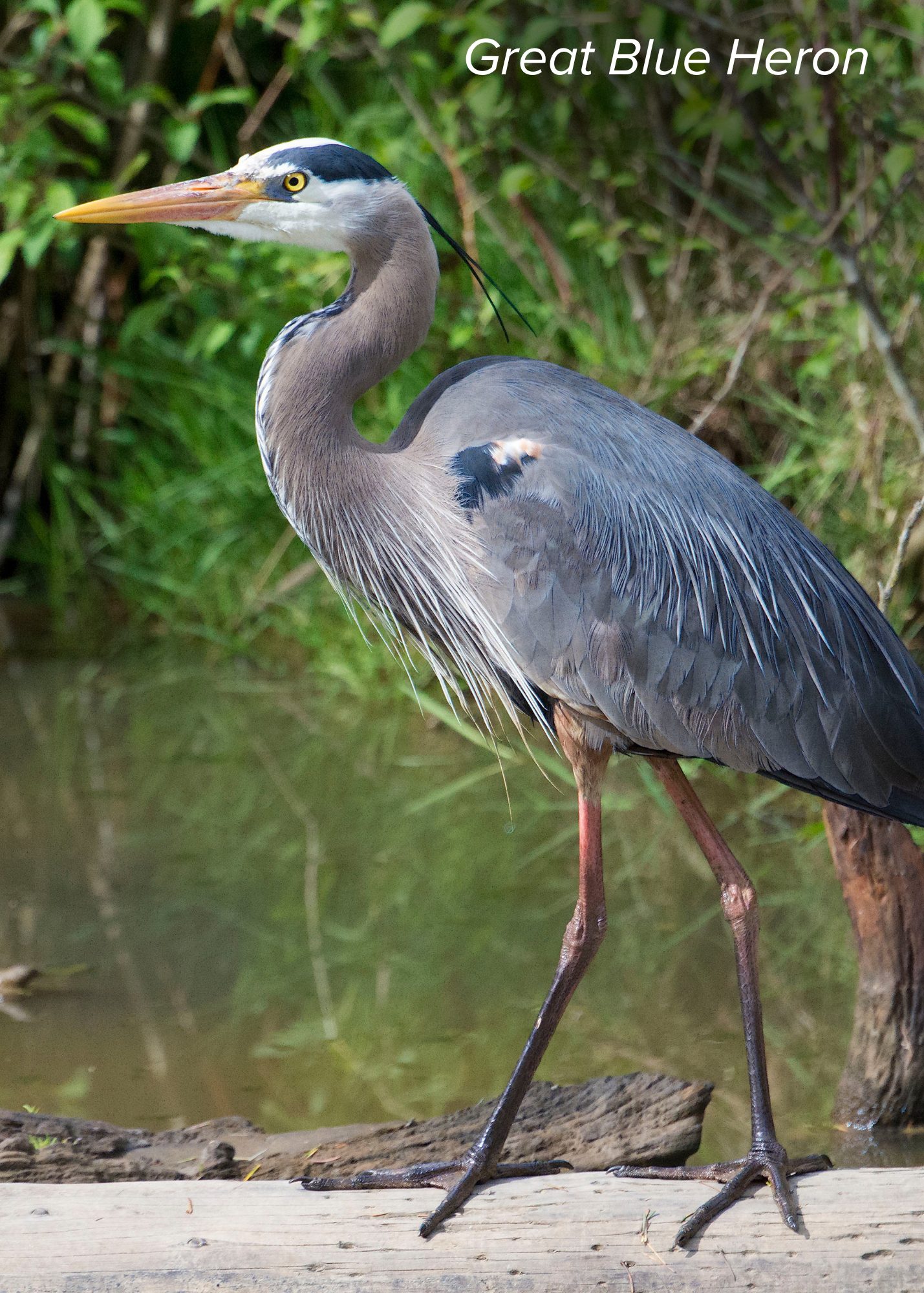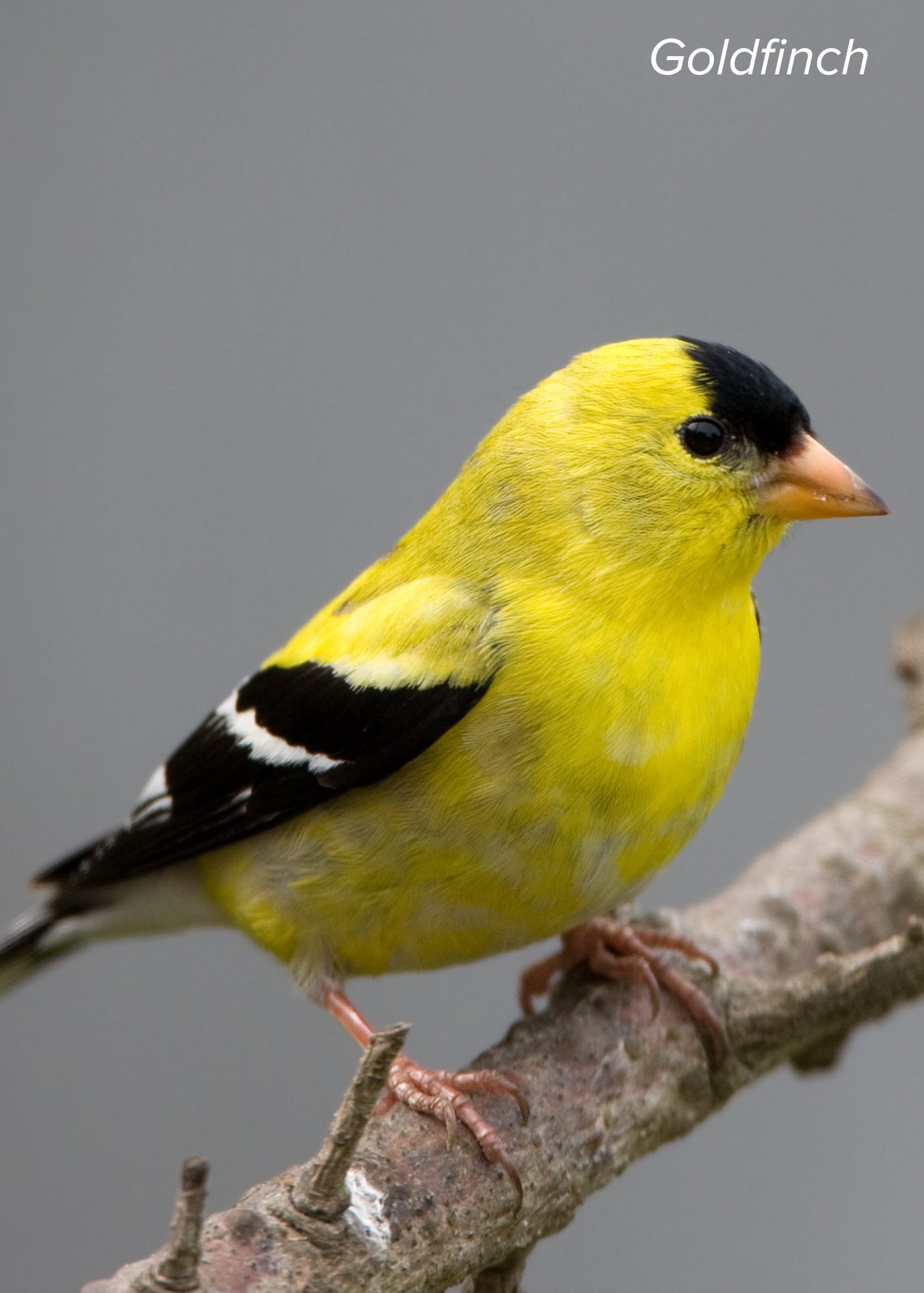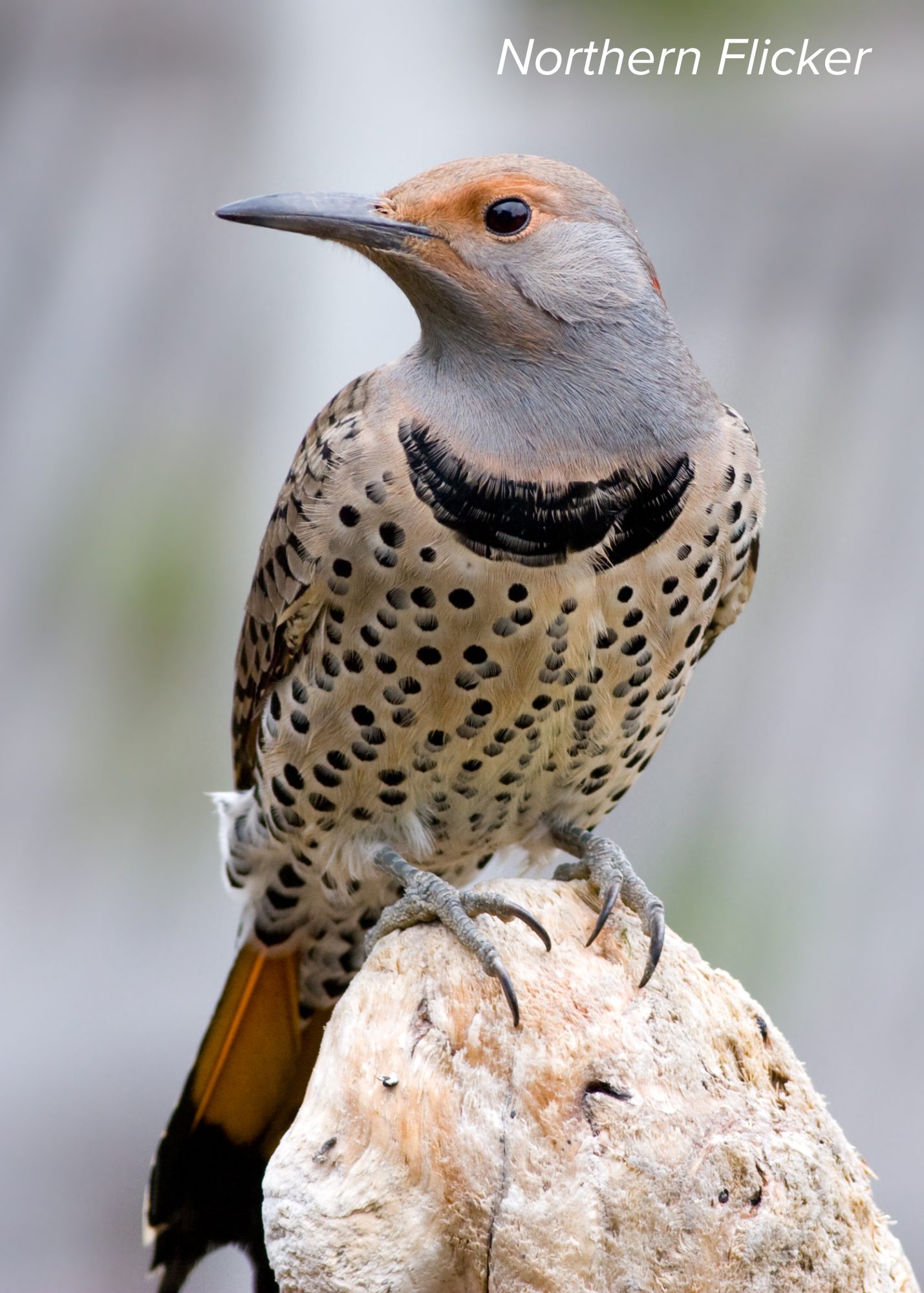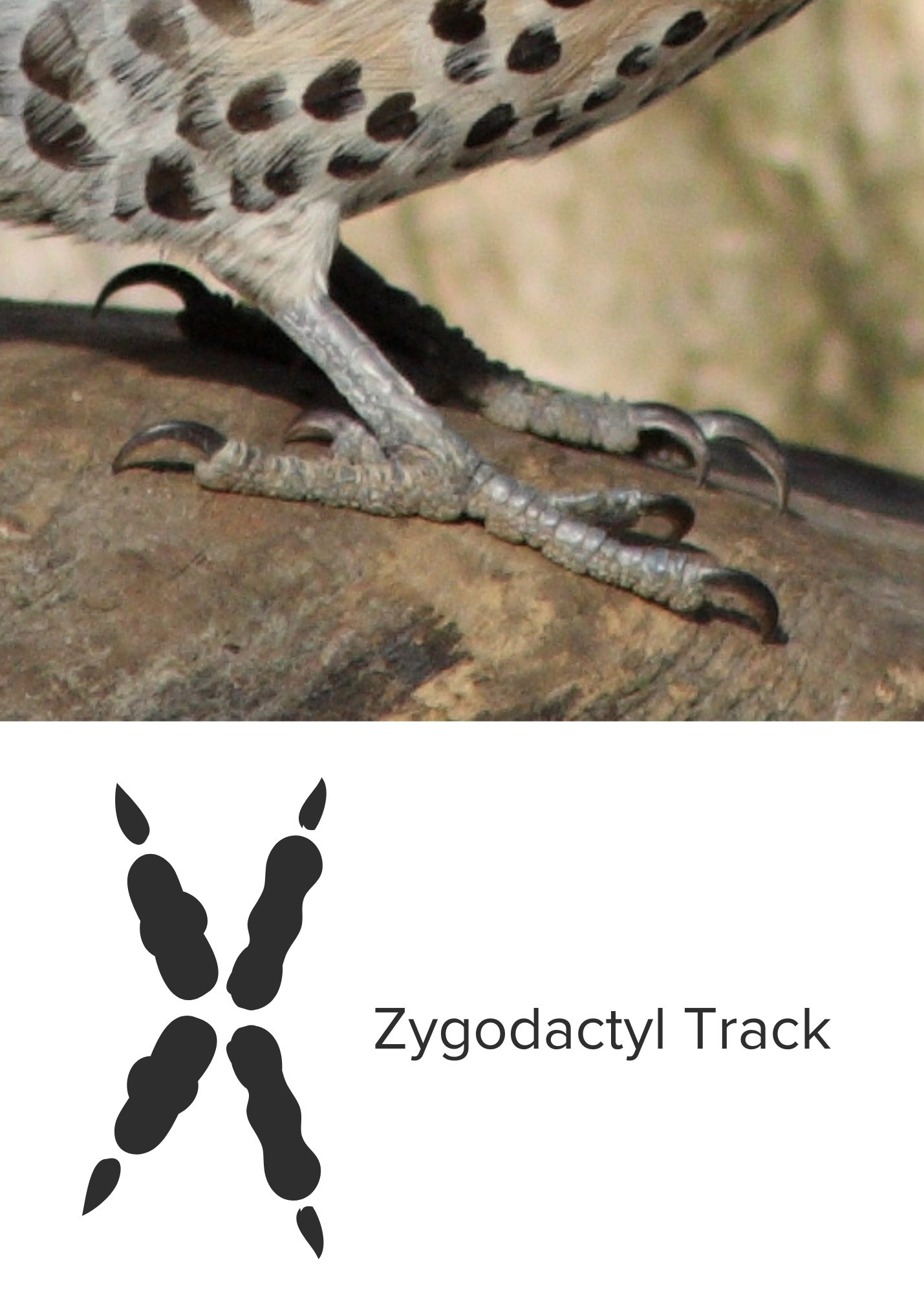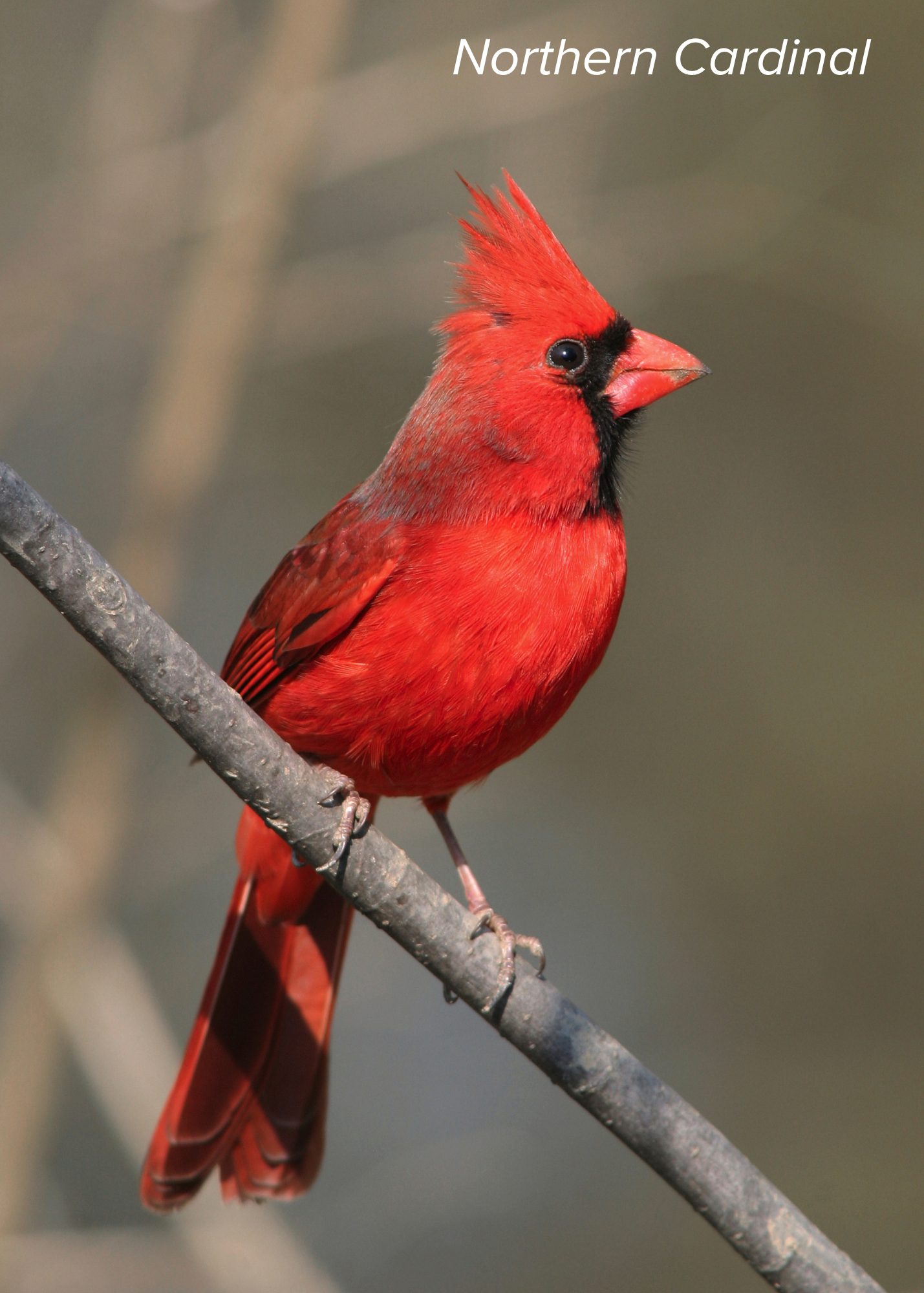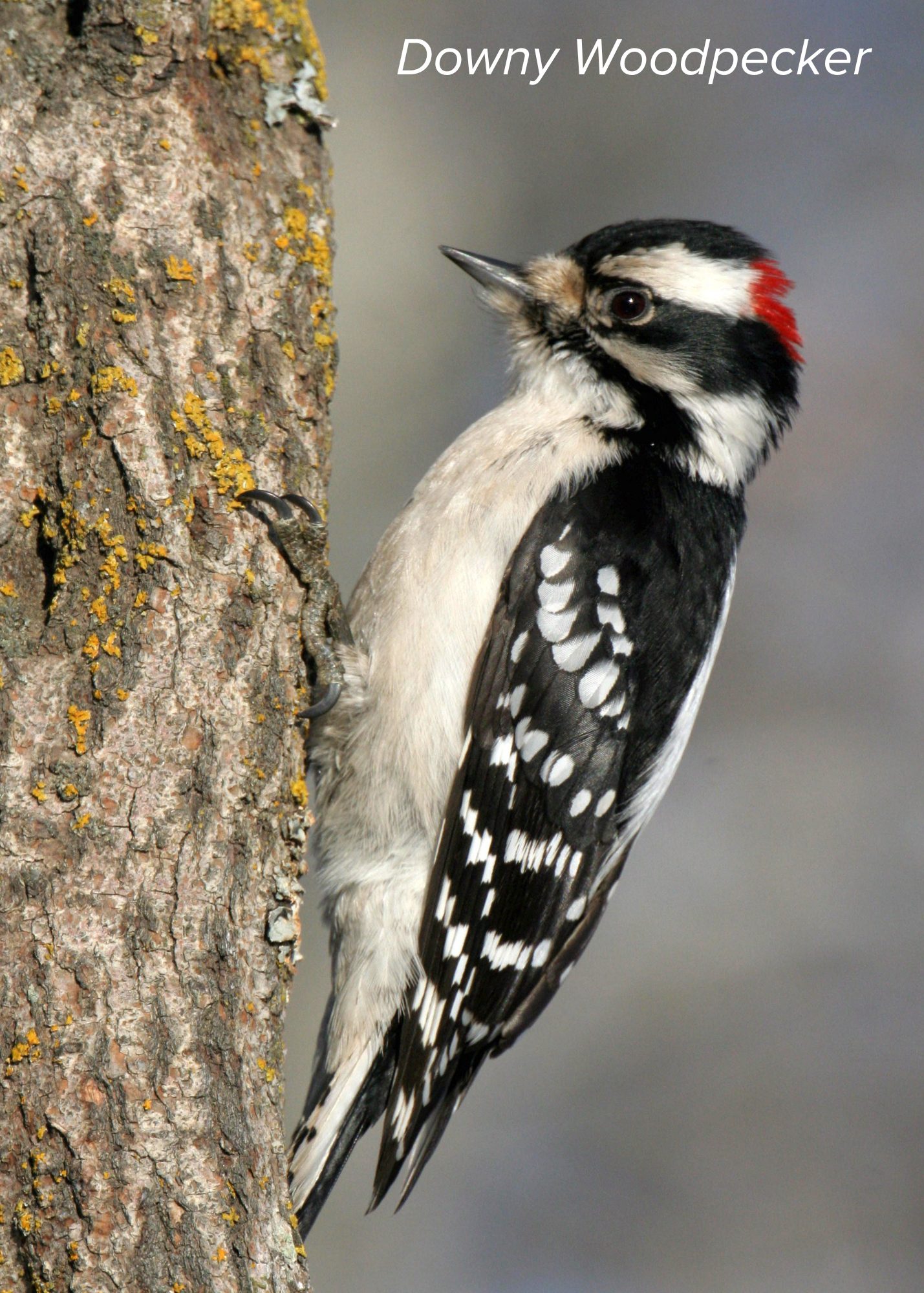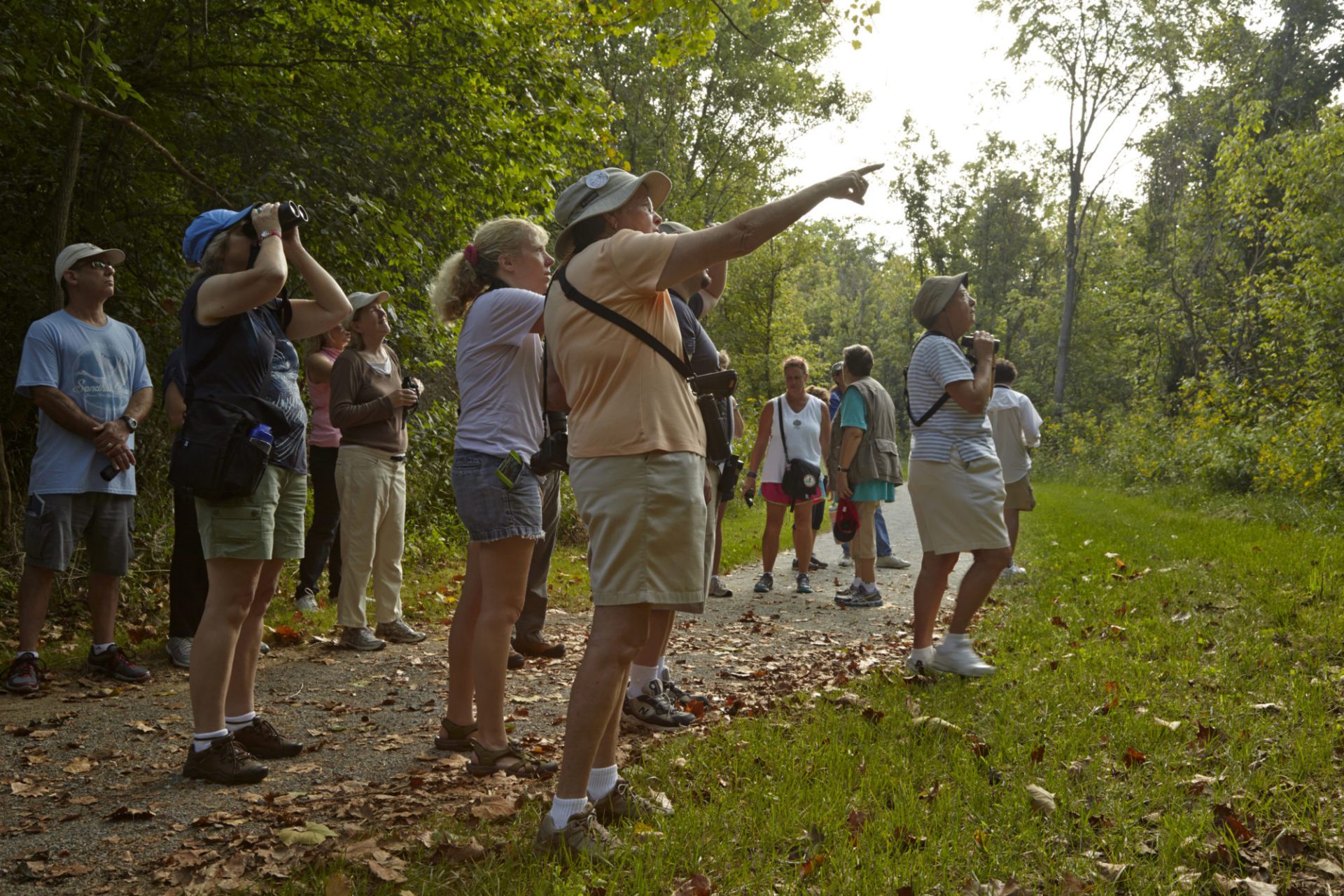
FALL AND WINTER BIRDING: ‘SPARK’ STORIES AND HELPFUL TIPS TO INSPIRE YOUR NEXT ADVENTURE
Birding, or bird watching, is an activity that can captivate you at once and quickly become a passion.
If you’ve developed an interest in birding in recent years, you are part of a large group. Birding is a major and growing hobby in the U.S. According to a 2022 national survey conducted by the U.S. Fish and Wildlife Service, more than 96 million people in the U.S. regularly observe, feed, or photograph birds. This represents more than a third of the population aged 16 and older!
Do you remember the first bird that caught your eye? Maybe it landed right before you, commanding a moment of your attention before flying off? Or perhaps there was something about its song, coloring, or size that made an instant impression? In birding circles, this is called a “spark bird,” the bird species that begins your fascination with birding as a hobby.
In this article, find your own inspiration in the spark stories from several members of our team at The Parklands. If you’re new to birding, we have some tips for getting started, including some ideal spots to view birds in our parks this fall and winter season. This is one of the best times for birding, since our resident species are easier to view on trees that have shed their leaves.
‘Spark’ stories from our team at The Parklands
Dan Jones, Founder and Chairman
Spark Bird: Warbler
My spark bird is probably any warbler, but there are two species that really got me into the hobby in the spring of 2022. These are the Cape May warbler and the black-throated blue warbler. They are both gorgeous.Favorite birds to view in The Parklands: Scarlet Tanager, Brown Creeper
The scarlet tanager is a medium-size songbird I enjoy seeing in the spring and summer months. Males are bright red with contrasting black wings and tails. My favorite winter bird is the Brown Creeper, which spends the summers further north but winters here. It’s a beautiful small bird with a curved bill and a graceful habit of climbing up tree trunks to feed.
Sam Stewart, Director of Development & External Relations
Spark Bird: Keel-billed Toucan
I once had the opportunity to see this large and vibrant bird in the wild while visiting Costa Rica. This experience I had, coupled with spending a day with a birding guide, made me even more appreciative of the variety of birds we have at home.Favorite birds to view in The Parklands: Indigo Bunting, Cedar Waxwing
My favorite bird to spot in the warmer months is the Indigo Bunting, which I usually see around Beckley Creek Park. At this time of year, I enjoy seeing the Cedar Waxwing in our parks. I love the gradient coloration of these birds and their black eye mask.

Curtis Carman, Director of Education and Programming
Spark Bird: Great Blue Heron
These birds can be impressive in size with a long wingspan and big, tall legs. Their unique appearance drove my curiosity to get out and find symbols of their presence. They like to hunt in wetland areas like some of our ponds.Favorite bird to view in The Parklands: Belted Kingfisher
This is another distinctive species that have a large head compared to their body. Their aerodynamic beak was used as the model for the Japanese bullet train. They nest in burrows built into the side of stream banks feed mostly on aquatic prey such as fish and crayfish. You can often spot them perched on branches above the steam before they plunge beak down into the water to catch a fish. My most reliable place to see a Belted Kingfisher is the North Beckley Paddling Access to Creekside along Floyds Fork.
![]()
Erin Kinnetz, Assistant Director of Education
Spark Bird: Goldfinch
I’ve always loved the way these birds dip when they fly. I especially like seeing them as they perch sideways on drooping flowers in the meadow to pick out all the seeds.Favorite bird to view in The Parklands: Northern Flicker
This is the bird I’m most excited to see in The Parklands. It’s an unusual woodpecker for several reasons. First, it has a beautiful and colorful pattern that is much more subtle than the bold black, white, and red of most of our woodpeckers. You can typically see them on the ground picking out ants in the dirt.As a wildlife tracker, I like to get up close to the markings on the ground and see their zygodactyl tracks. Other woodpeckers have zygodactyl feet (two toes in front and two in back), but they don’t usually spend time on the ground the way flickers do. I’ve had the most luck spotting flickers in Broad Run Park but any forest will do. I usually have better luck spotting them in the winter when the leaves have fallen.

Eileen Holston, Communications and Marketing Specialist
Spark Bird: Northern Cardinal
As a child, I was delighted by the bright colors of these birds. When I moved from the Northeast to Kentucky, I learned that the cardinal is the state bird and mascot for our city university. As an adult, I have been drawn to the poetic lore around the birds, and their bright and reliable presence throughout the year makes me smile. I have wool felt cardinal ornaments that I’ll place on my holiday tree this year.Favorite bird to view in The Parklands: Downy Woodpecker
I often hike the trails that run along the Fork, and I’ve identified this bird using my Merlin Bird ID app from Cornell Lab of Ornithology. I love the male bird’s mix of stripes and spots that’s offset with a striking red patch of feathers on the back of its head. This is the smallest of the woodpeckers in North America, so there’s also a cuteness factor at play for me.
![]()
Learn more about each bird species and listen to their songs on the Cornell Lab “All About Birds” Online Guide to Birds and Birdwatching or the National Audubon Society “Guide to North American Birds.”
Joys ranging from serene to exhilarating
The joys that come from birding can vary depending on the species you encounter and the setting.
It can feel serene to spot a heron standing at the edge of a pond, waiting patiently for its next meal. This is something many of our team members and visitors have experienced at The Parklands. There’s also the glorious kerfuffle of feathered activity that happens when birds adjust their seating arrangements on a tree.
In early fall, you may have stopped in your tracks outside to observe flocks of birds overhead. Curtis Carman once spotted two bald eagles during the winter in Beckley Creek Park. Read about his experience seeing these amazing birds and view pictures on our website.
In her poem “Wild Geese,” Mary Oliver shares that it is moments like these when “the world offers itself to your imagination.”
How you can get started at birding
If you are new to the hobby, or have yet to find your spark bird, Curtis offers some suggestions for getting started as a novice bird watcher. He recommends you begin with a few main things: a sense of curiosity, a field guide and/or an app that helps you identify birds, and a pair of binoculars.
Even with only the most basic gear, you can see and hear birds throughout our parks and just about everywhere in the city, especially as migration peaks in the fall and spring seasons. To learn more about the steps you can take to pursue birding as a hobby, hear from Curtis in our “Birding 101” video.
 Ideal spots at The Parklands for birding
Ideal spots at The Parklands for birding
We have had 193 species identified in our parks* thanks in large part to our mix of habitats. While each of our parks offers excellent opportunities for bird watching, here are some locations you may want to check out:
Humana Grand Allee at Beckley Creek Park
Water, forest, and meadow birds all interact with each other in this one spot, which is a favorite place for walking among our regular park visitors.
Prairie Preserve at Pope Lick Park
Bird watchers and photographers appreciate this location for its meadow that displays a range of Bluegrass landscapes. This area’s riparian forests, creek beds, and sprawling prairies were preserved in their natural state, which makes it a great native habitat for a variety of birds and other wildlife.
Seaton Valley Meadow at Turkey Run Park
Sometimes called Irongate Meadow, this iconic gateway of our park system has grasslands and forested hills that are skirted by Floyds Fork. It offers plenty of opportunities for sightseeing and birding.
*According to current eBird hotspot data from the Cornell Lab of Ornithology
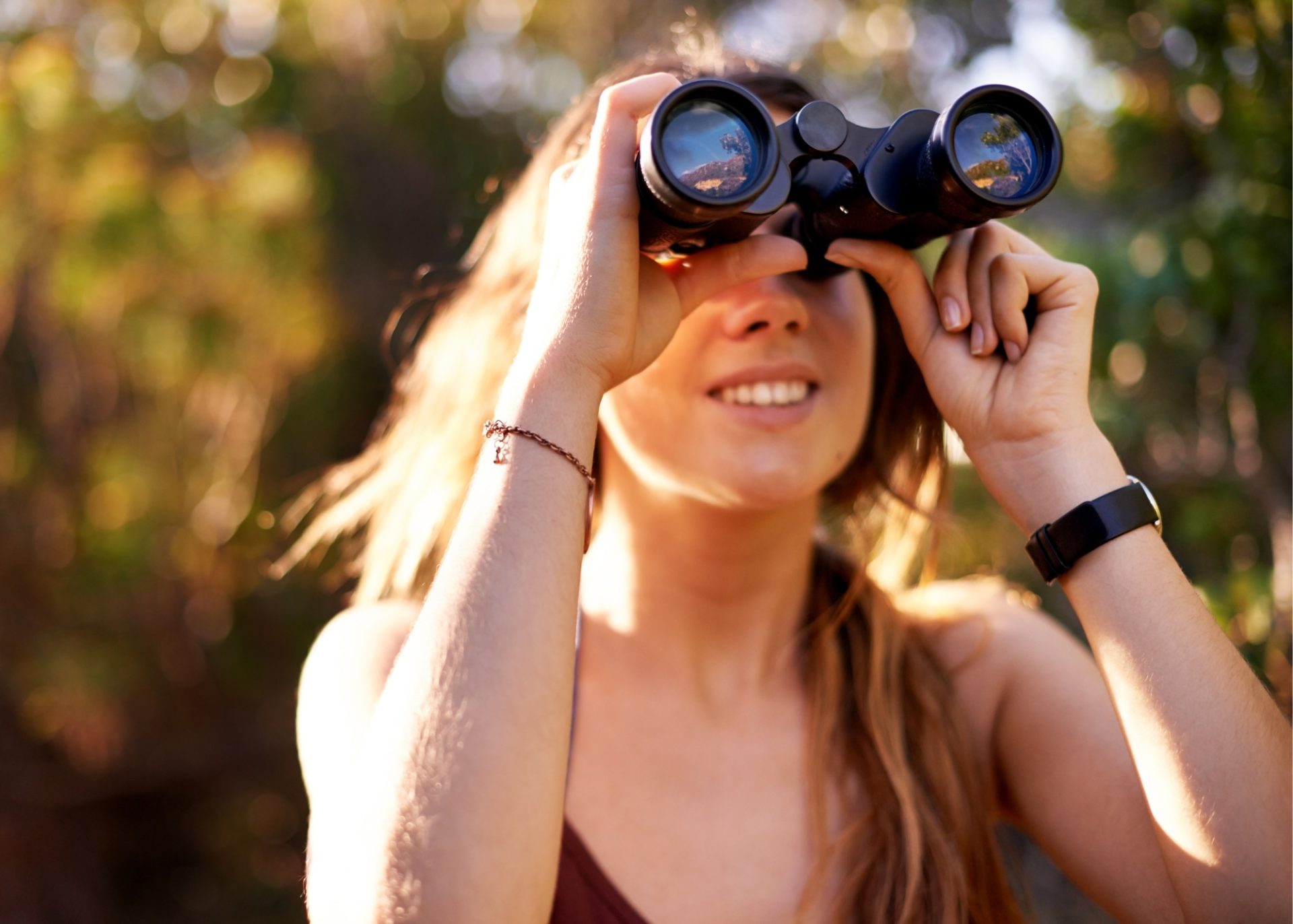 See where your spark takes you
See where your spark takes you
Join other birders: If you’re interested in birding as part of a group, you might look into the Beckham Bird Club, which is based in Louisville and hosts fields trips that may inspire you to “bird, bird, and bird some more.” Learn more about the organization and their field trips at beckhambirdclub.org.
Get involved at birding events: The annual Great Backyard Bird Count (GBBC) is a three-day, global citizen science project sponsored by the Cornell Lab of Ornithology and the Audubon Society. The goal of the GBBC is to study bird populations around the world while connecting communities through bird watching. We had a spectacular count in The Parklands in 2024, with guided birding hikes led by our Interpretive Rangers and the Beckham Bird Club. Stay tuned for our plans in 2025 to engage in this friendly competition with other local nature organizations!
Look out for seasonal migrations: Beginning in the spring, our Founder and Chairman Dan Jones suggests you look for the neotropical songbirds like warblers, which are breathtakingly beautiful.
“We often hear about the great natural migrations: the wildebeests in Africa, whale migrations, the American bison, but the annual neotropical songbird migrations must rank with the best of them, and surely exceed the others for sheer chutzpah and scale. Tiny creatures—some weighing less than an ounce—fly by the billions twice a year through the United States, and a sizable number of them come through Kentucky.”
Birding offers endless opportunities to connect with nature, observe fascinating wildlife behaviors, and experience moments of wonder. This fall and winter season, and throughout the year, The Parklands provides a perfect backdrop for your birding adventures. So, grab your binoculars, get out to the parks, and don’t forget to look up!

